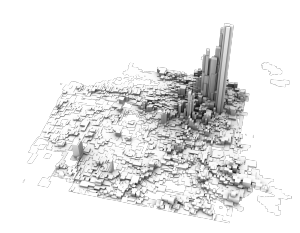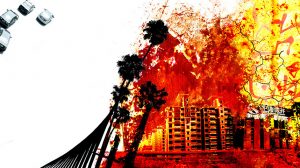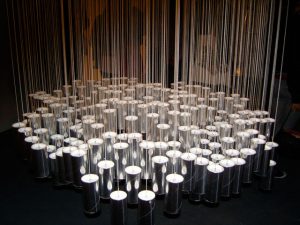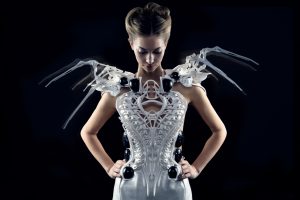Maria Scileppi is an artist and a designer whose career has been dedicated to developing mission-driven programs. She gave a lecture in Eyeo talking about some of her works and experiments that had the most takeaways. She confidently believes in collaboration has it creates a beautiful mix of people’s strengths and alertness into an execution. She solely believes that collaboration complements occupation’s creativity and that it extends the reach as a creator. One of my favorite projects done by Scileppi is her social experiment in which she makes a friend every day for a year. This required her to be vulnerable to strangers by telling her story and opening up first. However, the takeaways from this social experiment were that you cannot neglect other people’s stories and perspectives because since art and thinking expands with collaboration. Under the collaboration, people tend to bring their best attitudes and abilities because of the psychological trust that they build upon each other while working and build on ideas.
The way Scileppi enunciated her words while speaking really helped me understand the point she was trying to deliver. Although she was standing behind the podium during her lecture, she made sure that she had clear eye contact and made gestures that kept the attention of the audience on her. Another notable thing was that she used visual cues in her slides so that the audience caught specific transitions during her presentation.
Link to the Vimeo: https://vimeo.com/channels/eyeo2015/135073611
Link to Maria Scileppi’s website: http://www.mariascileppi.com/
![[OLD FALL 2018] 15-104 • Introduction to Computing for Creative Practice](https://courses.ideate.cmu.edu/15-104/f2018/wp-content/uploads/2020/08/stop-banner.png)




